2021 07 13 – 08 14. “Nuostabieji lūzeriai. Fosilijos”
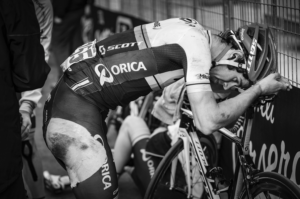
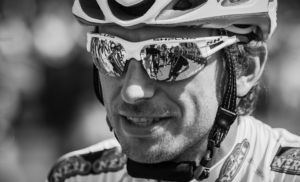

Wonderful Losers. Fossils.
Exhibition opening July 13 at 6PM
Curator – Arūnas Matelis
Photos by Gintautas Beržinskas
Video Installation Photos by Gintautas Beržinskas. Music for Video Installation by Alberto R. Lucendo. Video Installation Editing Director – Eva Sinicaitė
Project Sponsor – LATGA
One of the unique features of filming a documentary is that at the end of filming there is much unused material of what took place “behind the scenes”. Unlike feature films, where shots of lesser quality are discarded, in documentaries these are scenes that have simply been put aside during the editing process for any number of reasons. In documentary cinema, the material that is cut or edited out is often identical in its artistic value to the film but is left out only because of the architectonics of that specific film. Sometimes, the final version of a film does not even include the best episodes since they would have disrupted the rhythm of the film or overwhelmed other episodes with their energy. They are simply too powerful to find an appropriate place in that story.
This is an attempt and an example of how to explore, discover and prove that unused material can have a different cinematic value along with a potential for artistic sustainability and the chance at a new life through its art form, findings, and discoveries. It is also a way to prove that the creation of a documentary film is not exhausted once it has been completed and that it can become circular and sustainable. The repurposing of unused frames, sounds, inspirations, experiences can lead to the discovery of new values, new works and art forms that differ from film.
For over forty years, there was not a single filmmaker who was allowed to delve so deeply and openly into the world of professional bicycle racing as director Arūnas Matelis and his crew did in Wonderful Losers: A Different World. In and of itself, this is an outstanding achievement, but it is also possible to build upon it by taking a broader approach to the creative process and repurposing the unused material by giving it new life.
PHOTO EXHIBITION. Each year, only ten of the most exceptional photographers are granted the right to ride alongside of the cyclists. (Altogether, a total of 2,000 journalists are accredited for the event). Our crew, which included a photographer, was part of this exclusive group. The director of the film, Arūnas Matelis, personally rode along with other members of the crew. We had come up with the idea to use those photos in the film as a punctuation mark, a flexible means to create the impression of moments that are choppy and frozen in time. Over 14,000 During the editing process we eventually decided to abandon that visual theme, but there remained thousands of unique photographs.
INSTALLATION-HYPERLAPSE VIDEO Zoncolan. 10,000 steps. One of the episodes that was not included in the film was a cinematic and human experiment, that even in its initial phase included a social action and a visual code. In cycling, Zoncolan is considered the toughest mountain in the world to ride. It is legendary in every sense of the word – it is the steepest path that is 10 kilometers long. The uphill grade of the road is 20-25% the entire way. Often, even the motorcycles that accompany the cyclists fail to conquer this mountain; they break down or even burn up. As for Matelis’ film crew, one of their new motorcycles broke down: the engine started shaking and it was only through a few fortuitous circumstances that they were able to get the shots that they wanted by stopping and starting the entire way. The top of the mountain where the finish takes place is widely considered to be the largest stadium in the world. Its slopes fit 300,000 to 400,000 spectators. To avoid even higher flows of fans and possible accidents, traffic there is restricted for three days before the finish. Some spectators arrive three days earlier and live outside in tents. Others need to walk ten kilometers on the final day of the race. In the film, it was decided to have the camera start the journey on foot from the lonely Cross at the bottom to the finish on the snowy peaks, taking one shot every few seconds. This is how several thousand experimental shots came into being. It is an attempt to convey what a human eye sees and feels during a 10,000-meter odyssey on foot to meet the victorious.



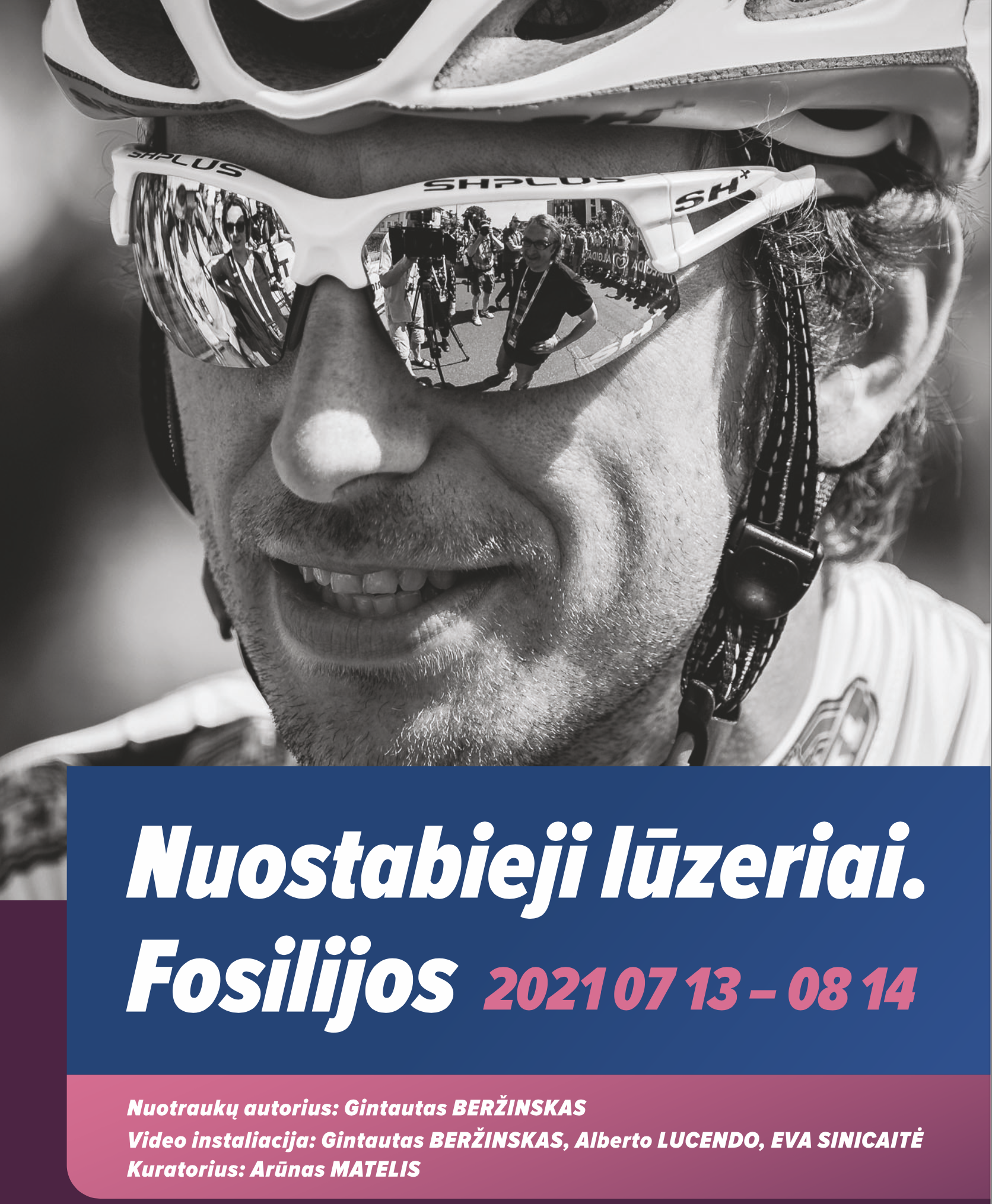
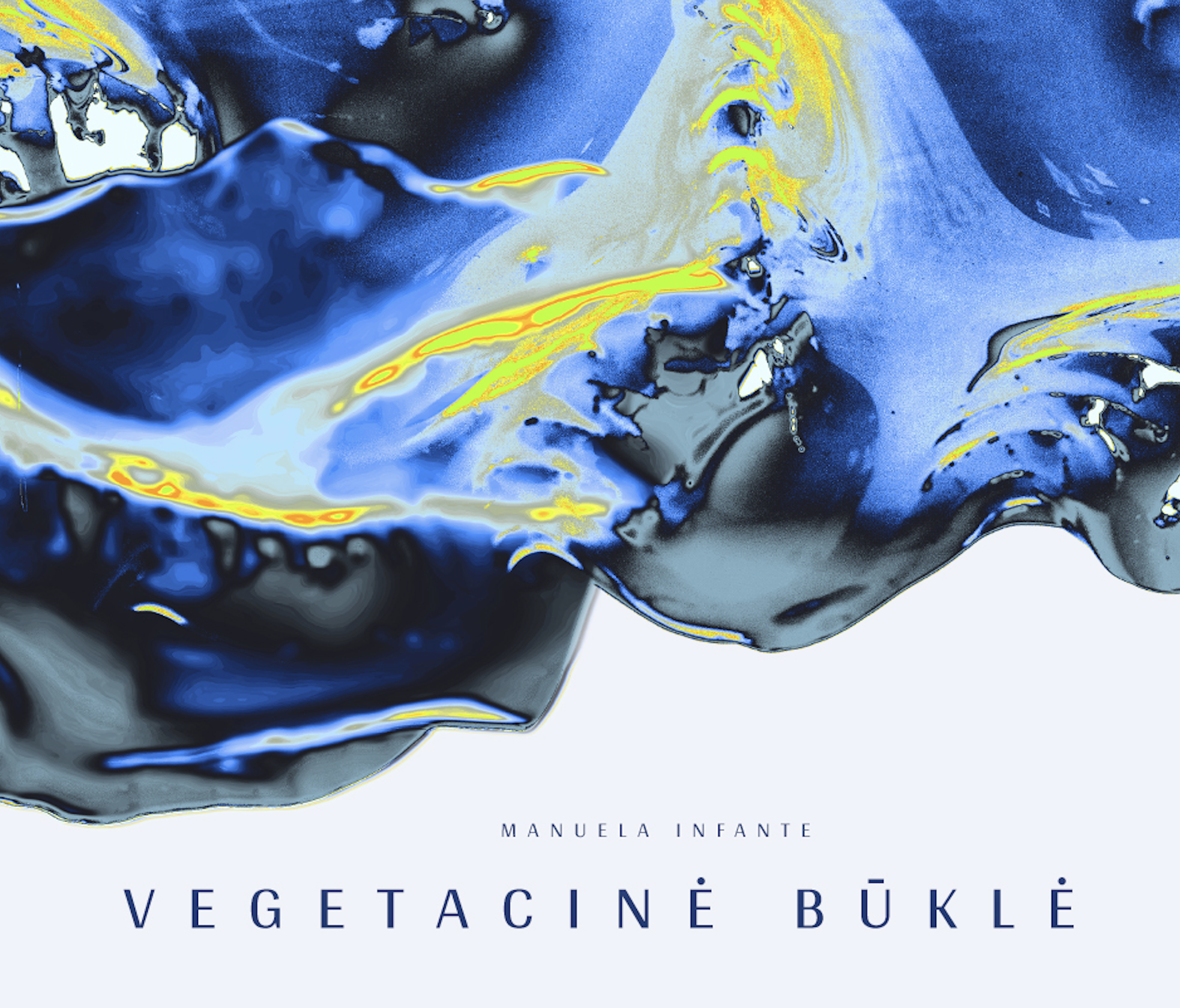
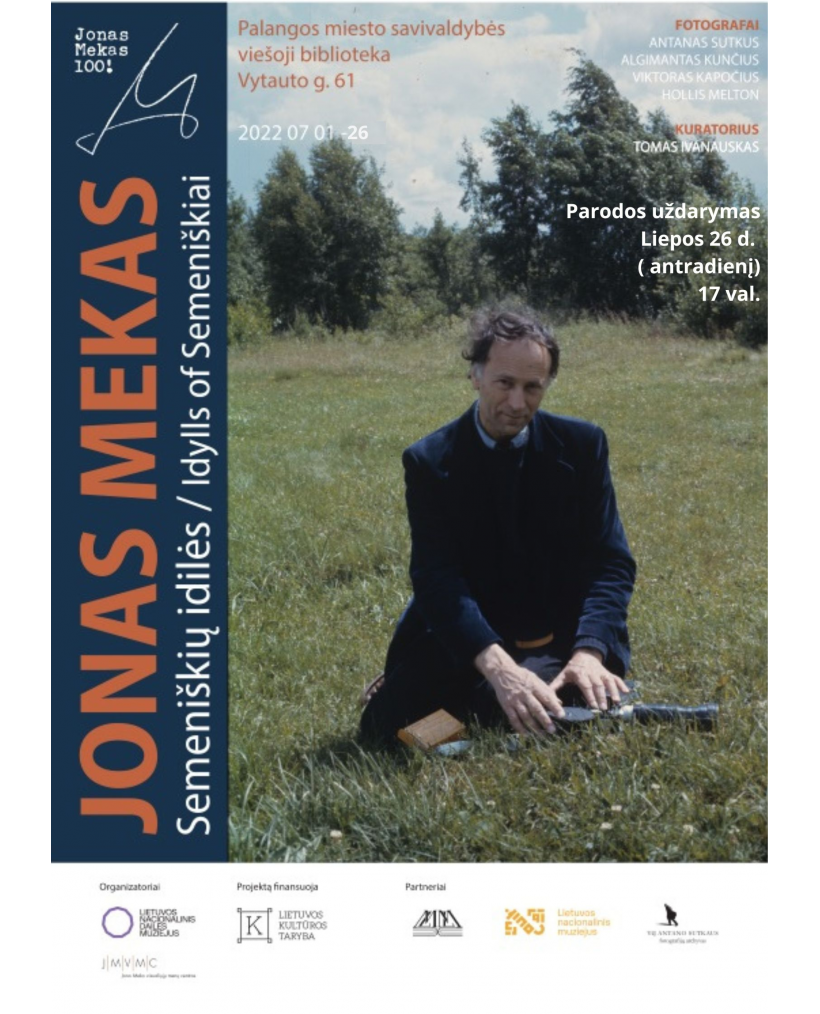
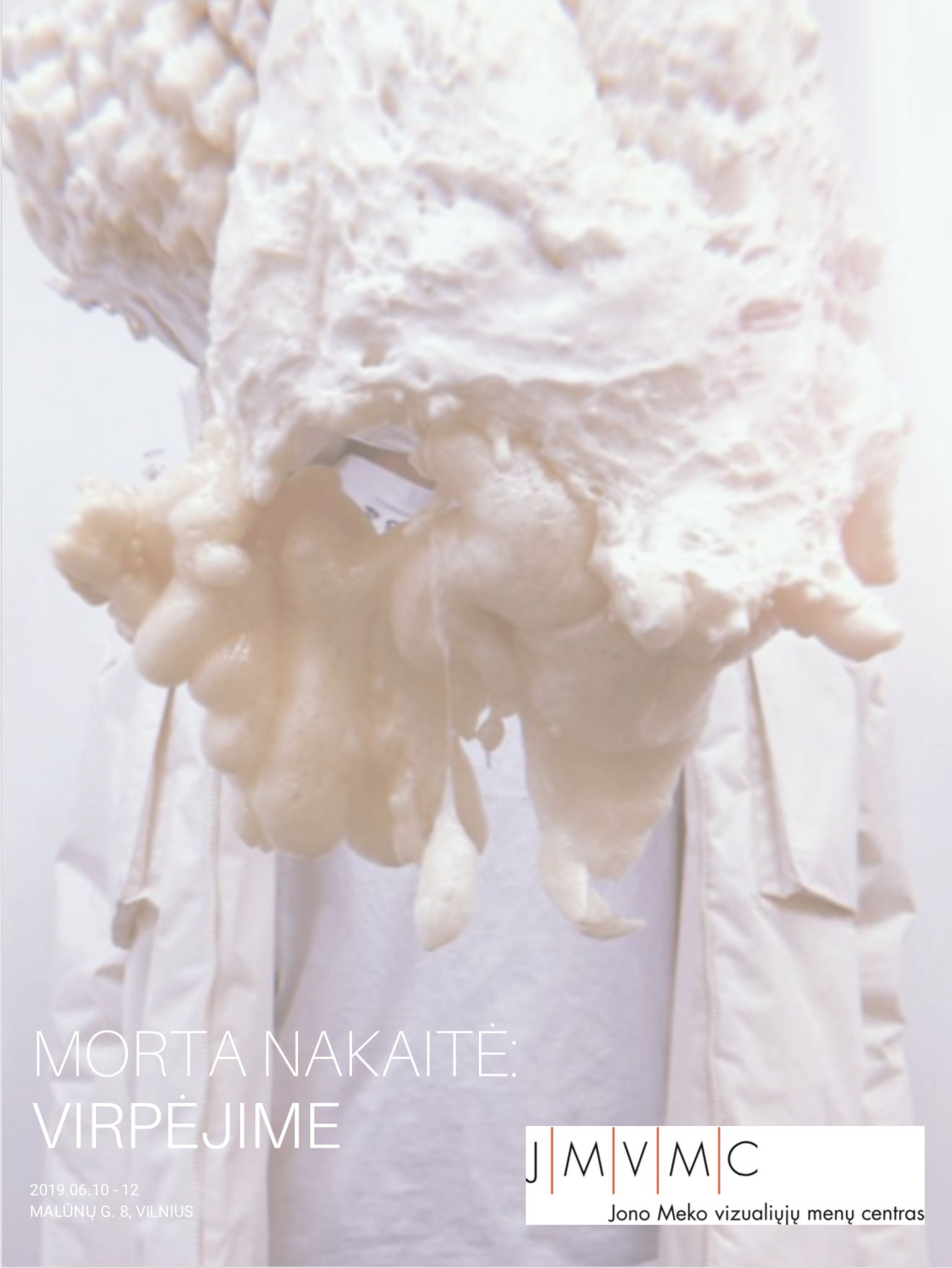
Leave a Reply